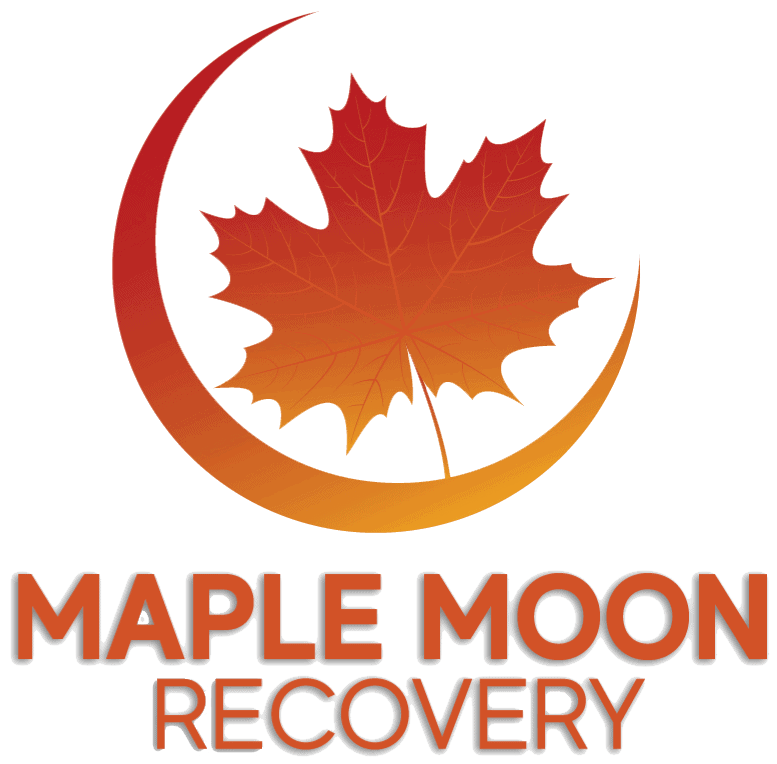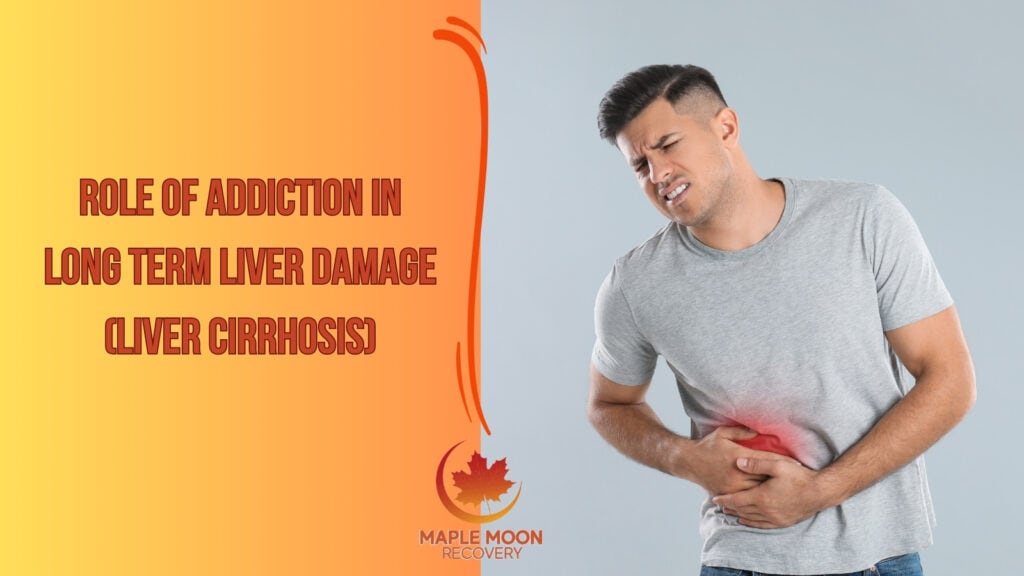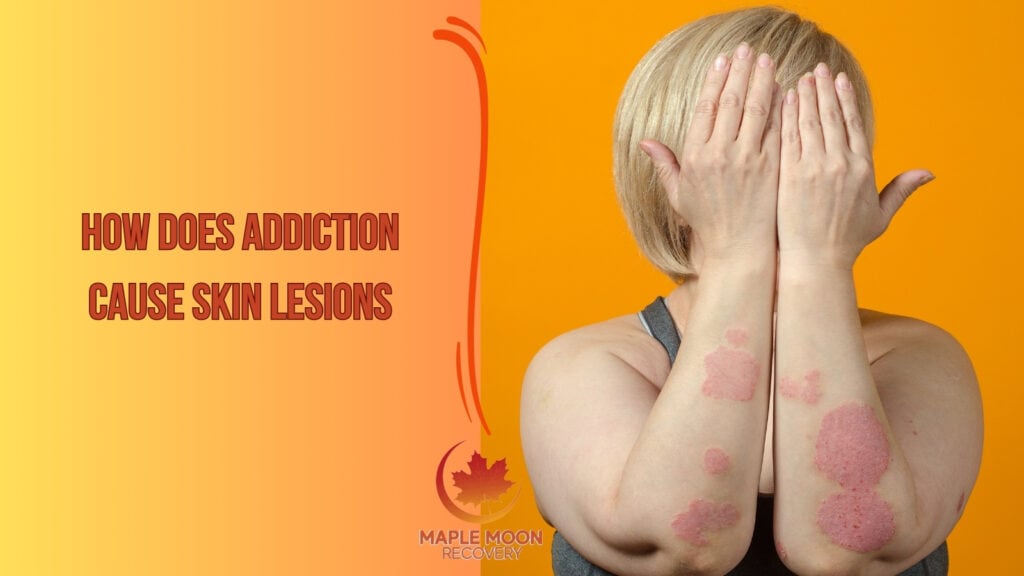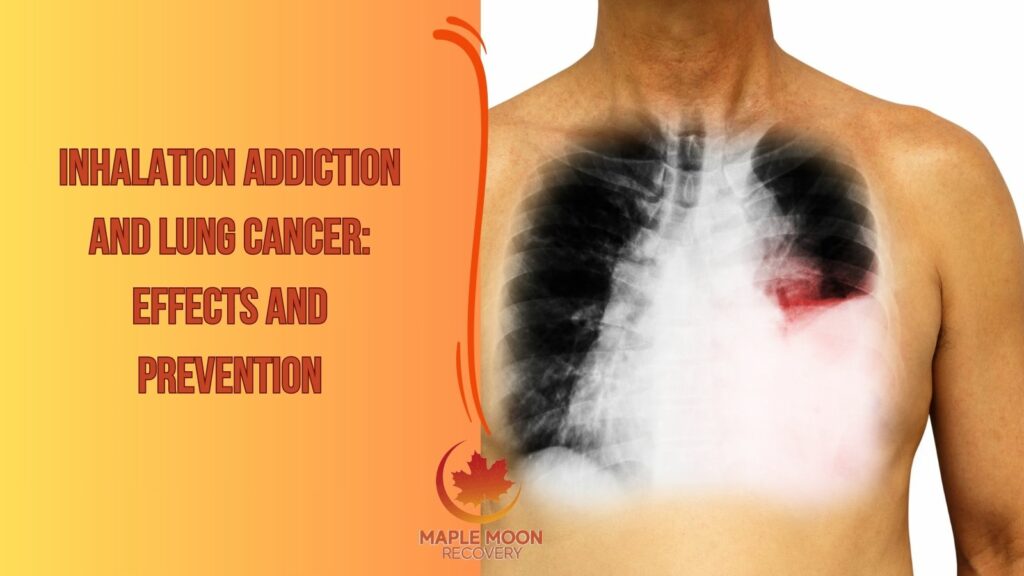Drug abuse causes a wide range of complications, including health problems. Some of the health conditions are mild, while others are severe. Respiratory depression, liver damage, and kidney failure are among the most severe health conditions caused by addiction.
The liver is one of the organs of the body affected by drug abuse. Excessive substance use causes liver injury and as the liver repairs itself, scar tissue forms. Severe scarring of the liver is what is called cirrhosis. Generally, this damage cannot be undone but it is effectively managed when discovered early.
Alcohol is perhaps the most popular abused substance that causes serious liver damage. 29,505 deaths were recorded from alcoholic liver disease in 2020 in the US, according to the Center for Disease Control and Prevention.
Typically, cirrhosis doesn’t present symptoms until too late. The symptoms that may be eventually presented include fatigue, nausea, itchy skin, confusion, edema, loss of appetite, weight loss, and clubbing of the fingers, among others.
The Liver and Drug Abuse
The liver is among the body’s most complex organs, serving above 500 functions. Some of the most important functions of the liver are filtering blood toxins, making proteins and hormones, regulating blood sugar and cholesterol, and storing energy. If the liver, for whatever reason, is unable to perform any of these functions, there will be a health crisis.
One of the biggest causes of liver problems is drug abuse. For instance, alcoholic liver disease was the third most common reason for liver transplants (after hepatitis C and liver cancer) in the United States in 2015, accounting for 16.5% of the total liver transplants done.
How Does Drugs Cause Liver Disease?
Drugs damage the liver in two ways – direct impact and by changing to a dangerous chemical, able to cause significant harm to the liver. The three types of liver toxicity used to measure liver damage are:
- Dose-dependent: if a high enough dose of drugs at this level of toxicity is used, liver damage may result for most people. Medications that include acetaminophen are common examples of drugs that cause dose-dependent toxicity.
- Idiosyncratic: this level of toxicity is limited to certain genes, impacting how some drugs are broken down by the liver. It is very common as a result of multiple medications people take at once.
- Drug allergy: allergic reactions to drugs lead to liver inflammation, a result of the immune system’s attempt to defend the body against such drugs.
What are the Types of Drug-induced Liver Disease?
The significant extra work the liver has to do, to flush out and disarm toxins and harmful chemicals in the body, in the case of addiction, leads to different forms of liver disease, including:
1. Drug-Induced Hepatitis
This entails inflammation of the liver. Birth control pills, Ibuprofen, aspirin, naproxen, vicodin, and percocet are examples of drugs with the risk of causing hepatitis. Using them with alcohol significantly increases such risk. The symptoms of drug-induced hepatitis include fever, fatigue, nausea and vomiting, dark urine, stomach pain, pale stool, jaundice.
2. Cirrhosis
Cirrhosis causes loss of liver cells and scarring in the liver. It disarms the body, making it very susceptible to things such as bacteria and toxins that can cause serious problems, including death.
What are the Symptoms of Cirrhosis?
One of the things that make cirrhosis very dangerous is that affected persons are not likely to know until it’s too late because the symptoms usually do not occur until liver damage is severe. Hence, it is important to avoid things that increase the risk of developing cirrhosis like addiction and overdose. The symptoms that cirrhosis will eventually present include:
- Loss of appetite
- Weight loss
- Nausea
- Fatigue
- Confusion, drowsiness, or slurred speech
- Edema (swelling in the ankles, legs, and feet)
- Easily bleeding or bruising
- Ascites (accumulation of fluid in the abdomen)
- Itchy skin
- Jaundice (eyes and skin have yellow discoloration)
- Period loss in women
- Low libido and testicular shrinkage in men
- Clubbing of the fingers
- Pale fingernails
- Hypersplenism
- Cancer
Note: individuals with drug abuse problems and who do not receive addiction treatment face the risk of developing these liver diseases. Hence, if you notice any of the above symptoms, reach out to your healthcare provider immediately. It is also imperative to point out the need to go for a regular general body check-up so that conditions like cirrhosis that don’t present symptoms early can be discovered as early as possible and managed properly.
What are the Common Drugs that Cause Liver Damage?
Liver damage is not caused by illicit drugs only, some popular prescription medications also contribute significantly. They include:
- Amoxicillin: this is a popular antibiotic, often used to fight infections of the throat and lung. Amoxicillin can damage the liver quickly after use, with the effect remaining long after use.
- Acetaminophen: this popular painkiller is another drug that is able to damage the liver. It also works for fevers and is often present in cold medications.
- Anti-seizure drugs: often, anticonvulsants such as phenytoin lead to the development of liver injury as well as more serious cases like drug-induced failure.
Note: all these medications have the risk of causing liver diseases even when used according to prescription. Health professionals should be immediately informed of any complications or existing risk of liver disease. Therefore, the risk is much higher when abused.
What are the Stages of Alcohol induced Liver Disease?
Alcohol-induced liver disease progresses through several stages, each with varying levels of severity and symptoms. Here’s a breakdown of the stages:
- Fatty Liver (Steatosis): This is the earliest stage of alcohol-induced liver disease and is characterized by the accumulation of fat in liver cells. It can develop even after a short period of heavy drinking. Symptoms are often minimal or absent at this stage, and the condition is usually reversible with abstinence from alcohol.
- Alcoholic Hepatitis: This stage involves inflammation of the liver caused by prolonged alcohol consumption. Symptoms may include jaundice (yellowing of the skin and eyes), abdominal pain, fever, and fatigue. Alcoholic hepatitis can vary in severity; it can be mild and reversible or severe and life-threatening.
- Fibrosis: With continued alcohol use, persistent inflammation leads to the formation of scar tissue in the liver, known as fibrosis. This stage is more serious because some of the damage begins to become permanent, although stopping alcohol intake can help prevent further damage and partially heal the liver.
- Cirrhosis: This is the most severe stage and occurs after years of chronic liver disease. Cirrhosis involves significant scarring that impairs the liver’s ability to function properly. This damage is often irreversible and can lead to various complications, including liver failure and portal hypertension. Symptoms might include swelling in the legs and abdomen, confusion due to toxins in the blood, and bleeding disorders.
- Liver Cancer (Hepatocellular Carcinoma): Individuals with cirrhosis are at a higher risk of developing liver cancer, a serious and potentially fatal condition.
What are the early signs of liver damage from addiction?
The early signs of liver damage from addiction might not be very pronounced, which is why liver disease can advance unnoticed. However, some early symptoms to be aware of include fatigue, mild abdominal discomfort or pain in the upper right side, a feeling of fullness, a slight increase in liver size (hepatomegaly), and unexplained weight loss. As liver damage progresses, more severe symptoms such as jaundice (yellowing of the skin and eyes), dark urine, and pale stool may occur.
Can gastritis develop as a complication of addiction?
Yes, gastritis can develop as a complication of addiction, particularly in individuals addicted to alcohol. Alcohol can irritate and erode the mucous lining of the stomach, leading to inflammation known as gastritis. Chronic alcohol consumption is a common cause of acute and chronic gastritis. Symptoms include abdominal pain, nausea, vomiting, and a feeling of fullness in the upper abdomen after eating. Gastritis can exacerbate the malabsorption of nutrients, which is already a concern in individuals with liver cirrhosis.
Can liver cirrhosis affect oral health?
Yes, liver cirrhosis can have significant effects on oral health. One of the complications of cirrhosis is the development of portal hypertension, which can lead to an enlarged spleen and reduced platelets. This condition increases the risk of bleeding, including in the gums, making individuals more susceptible to bleeding gums during brushing or flossing. Furthermore, cirrhosis can lead to poor nutrient absorption, which adversely affects oral health. There’s also an increased risk of periodontal disease due to a compromised immune system.




